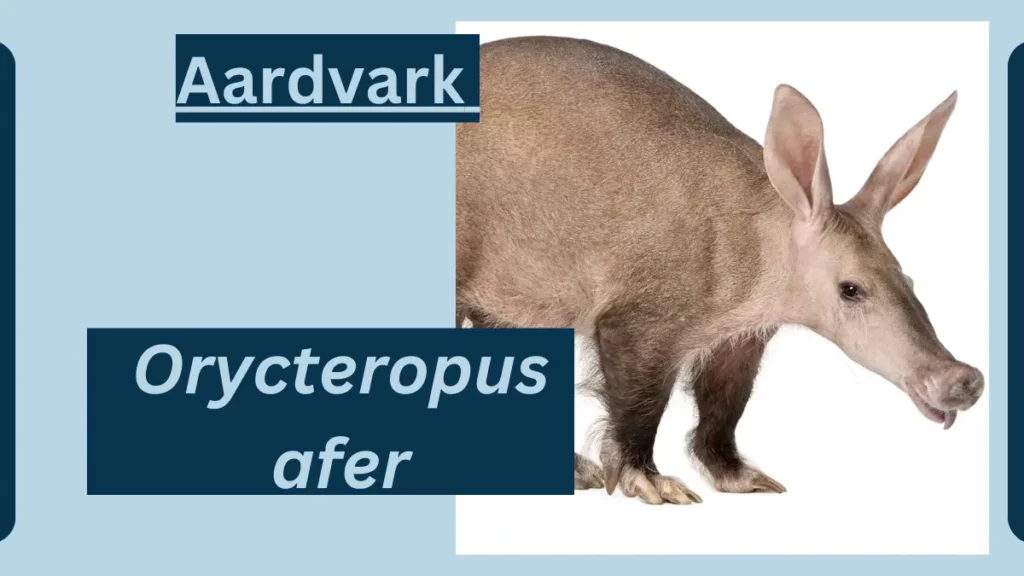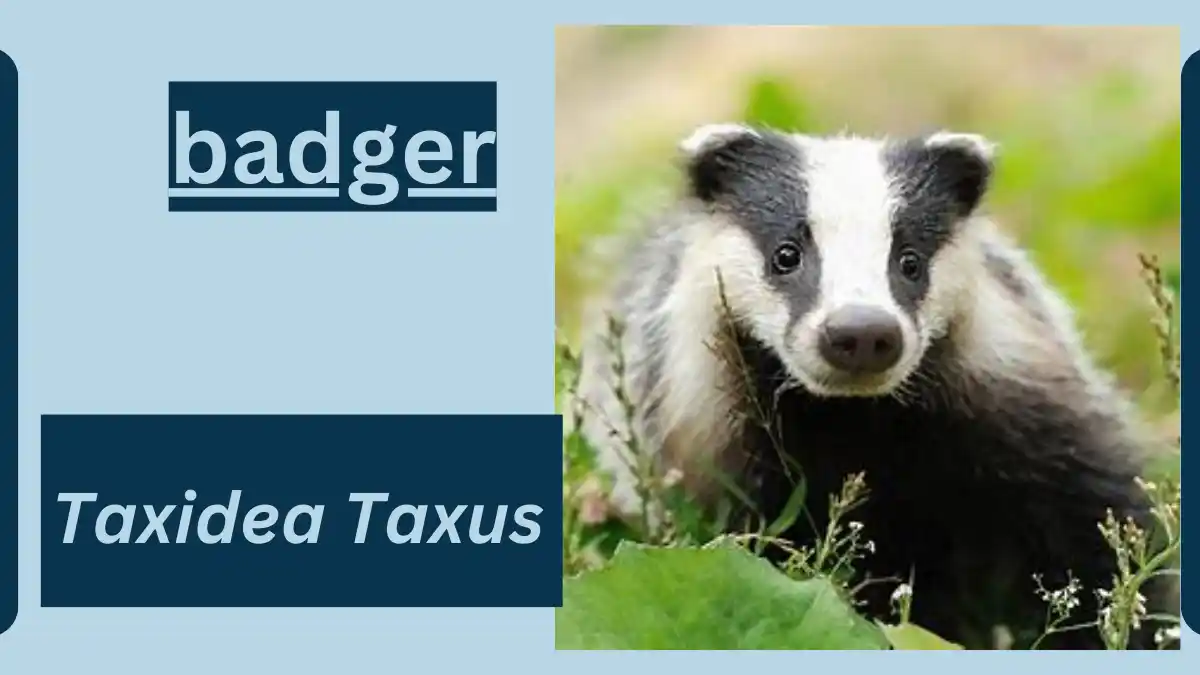Aardvark Animal Facts | Orycteropus afer
October 13, 2023
The aardvark (Orycteropus afer) is a medium-sized, burrowing, nocturnal mammal native to Africa. It is the only living species of the order Tubulidentata, although other prehistoric species and genera of Tubulidentata are known.

Aardvark
Here are some facts about Aardvark:
| Topic | Information |
| Scientific Classification | – Kingdom: Animalia |
| – Phylum: Chordata | |
| – Class: Mammalia | |
| – Order: Tubulidentata | |
| – Family: Orycteropodidae | |
| – Genus: Orycteropus | |
| – Species: Orycteropus afer | |
| Origins and Evolution | Aardvarks are native to Africa and are the only surviving species of the order Tubulidentata. They have a unique evolutionary history, with no close relatives. |
| Characteristics | Mammal’s Anatomy and Appearance: Aardvarks have a distinctive pig-like snout, long ears, and a robust, armored body. They have powerful claws for digging. |
| Size: They typically weigh between 110 to 180 pounds (50 to 82 kilograms) and measure about 5 to 6 feet (1.5 to 1.8 meters) in length, including the tail. | |
| Distribution and Habitat | Aardvarks are found in various habitats across sub-Saharan Africa, including savannas, grasslands, and forests. They dig burrows for shelter. |
| Behavior and Lifestyle | Aardvarks are nocturnal creatures, known for their solitary and elusive nature. They are primarily insectivores, specializing in termites and ants. |
| Reproduction and Life Cycles | Aardvarks reproduce through viviparous mating and give birth to a single cub at a time. The gestation period is approximately seven months. |
| Diet and Prey | They have a specialized diet focused on termites and ants, using their long tongue to capture prey from underground tunnels. |
| Predators and Threats | Aardvarks face threats from larger predators like lions, leopards, and hyenas. They are also vulnerable to habitat loss and human activities. |
| Interesting Facts and Features | Unique Adaptations: Aardvarks have several unique adaptations, including a thick skin to protect against insect bites and a keen sense of smell to detect prey. |
| Cultural Significance: They have cultural importance in African folklore and have been featured in various stories and traditions. | |
| Relationship with Humans | Aardvarks have limited direct interaction with humans but are sometimes hunted for meat or persecuted due to their burrowing habits damaging farmland. |
| Conservation Status and Life Today | Aardvarks are classified as “Least Concern” in terms of conservation status. However, localized populations may face threats from habitat destruction. |
Also Read:
File Under:







Leave a Reply